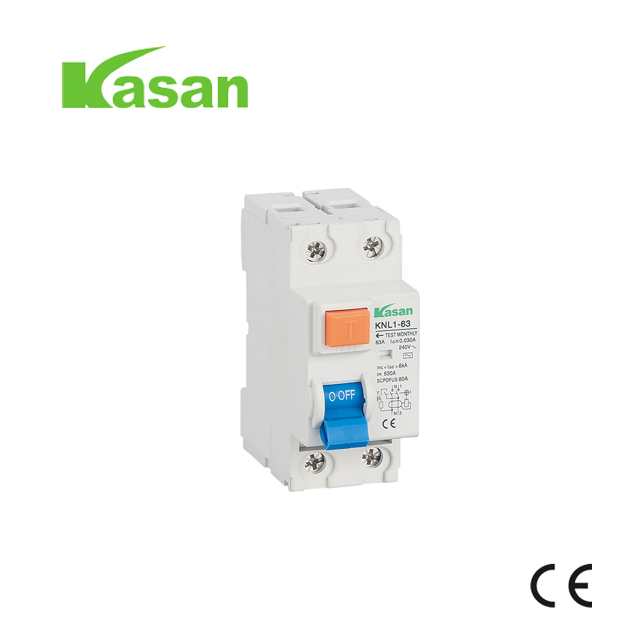- English
- Español
- Português
- русский
- Français
- 日本語
- Deutsch
- tiếng Việt
- Italiano
- Nederlands
- ภาษาไทย
- Polski
- 한국어
- Svenska
- magyar
- Malay
- বাংলা ভাষার
- Dansk
- Suomi
- हिन्दी
- Pilipino
- Türkçe
- Gaeilge
- العربية
- Indonesia
- Norsk
- تمل
- český
- ελληνικά
- український
- Javanese
- فارسی
- தமிழ்
- తెలుగు
- नेपाली
- Burmese
- български
- ລາວ
- Latine
- Қазақша
- Euskal
- Azərbaycan
- Slovenský jazyk
- Македонски
- Lietuvos
- Eesti Keel
- Română
- Slovenski
- मराठी
- Srpski језик
What is a Residual Current Circuit Breaker?
A Residual Current Circuit Breaker is an electrical safety device that is mainly used to protect electrical circuits. It has the ability to monitor the residual current in the current loop. Once a current leakage is detected (such as when the line has an insulation fault or the human body touches the circuit), it can quickly cut off the circuit to ensure personal safety.
The working principle of the residual current circuit breaker is based on the current balance principle, that is, under normal circumstances, the current passing through the load line should reach a balanced state, that is, the current entering and leaving the circuit is equal. When an imbalance is detected, the residual current circuit breaker will act quickly to disconnect the circuit.
There are many types of residual current circuit breakers depending on their functions and structures. Among them, RCD (Residual Current Device) is a general name for leakage protection devices, while RCCB (Residual Current Circuit Breaker) is a residual current operated circuit breaker without overcurrent protection function. In addition to leakage protection function, it also adds short-circuit protection function.
In general, the Residual Current Circuit Breaker is an important electrical safety device that plays a key protective role in electrical systems.





